Gerard Houllier gave everything to Liverpool Football Club during his six-year tenure, providing the Reds faithful with memories to cherish for a lifetime.
The football world mourned the passing of one its own on Monday, and Liverpool a manager who helped bring the club into the modern era and see silverware return to Anfield once more.
Houllier passed away at the age of 73 just days after he underwent an operation on his heart, leaving Liverpool supporters, players past and present and football figures alike to pay tribute to a true legend.
The Frenchman sat in the manager’s seat at Anfield for six years between 1998 and 2004, first arriving to sit alongside Roy Evans before taking sole charge merely months later.
What followed was a sight to behold as the influential Houllier transformed the club on and off the pitch and added six pieces of silverware to the cabinet.
While underrated, his mark on the club is indelible. Houllier has left a lasting legacy and here’s a timeline of his incredible Liverpool journey.
July 1998 – Houllier Arrives
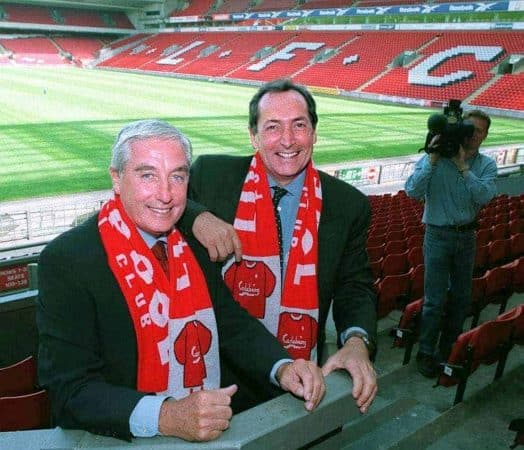
For the first time in the club’s history, two managers were at the helm as Houllier joined Roy Evans after his four-year spell in sole charge.
It was a surprise move and one destined to see only one man prevail, and that would be the Frenchman.
While life got off to an amicable start, the relationship would soon fracture and a feeling of discontent waves off the Anfield stands.
In the end, they would spend just four-months as a pair and together took charge of 18 games across all competitions, winning seven and losing five.
November 1998 – Houllier Takes Sole Charge
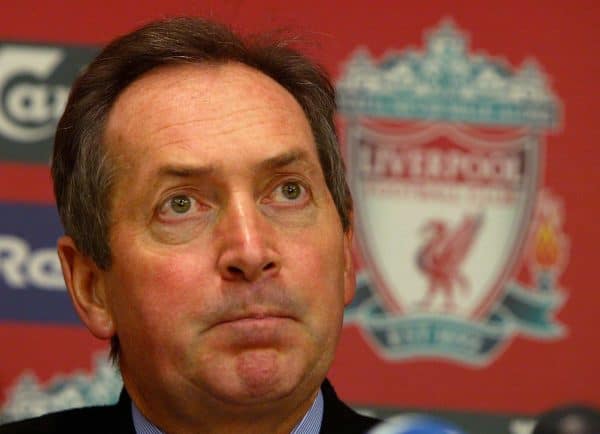
By November 12 1998, it was back to being a one-man job for the Reds with one of the first moves undertaken seeing ex-captain Phil Thompson return as his assistant.
It was a reign which started with a defeat to Leeds United as turbulent beginnings also led to a premature exit from Europe against Celta Vigo.
The 1998/99 season was one which was effectively a write off in regards to their Premier League standing having finished the campaign in seventh place. It meant European competition was not on the cards once more.
But it was a campaign which would mark the start of a career that would go down in legend, with Houllier providing his future captain with his start in the first team.
November 1998 – A Debut for the Future Captain
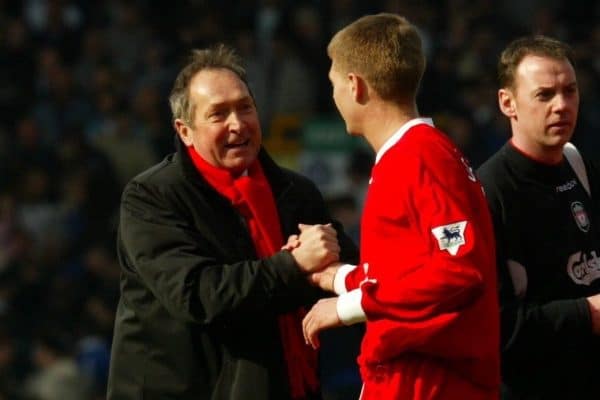
It was November 29, 1998, and Liverpool were two goals to the good against Blackburn at Anfield and with just moments left on the clock, Houllier would turn to a fresh-faced 18-year-old Steven Gerrard.
“He was very emotional when he came on. Can you imagine? A player’s dream when you support a club is to play for that club. He was just 18,” Houllier once said.
“It was to just show him: ‘You are in our plans and we rely on you for the future.'”
Few could have predicted what was to come but it was the start of a journey which would be enshrined in club history.
He would make 13 appearances in his debut season and as he was moulded by the manager, at the age of 23, Gerrard would be made captain of his boyhood club by the Frenchman.
1999 Onwards – Rebuild of the Playing Squad
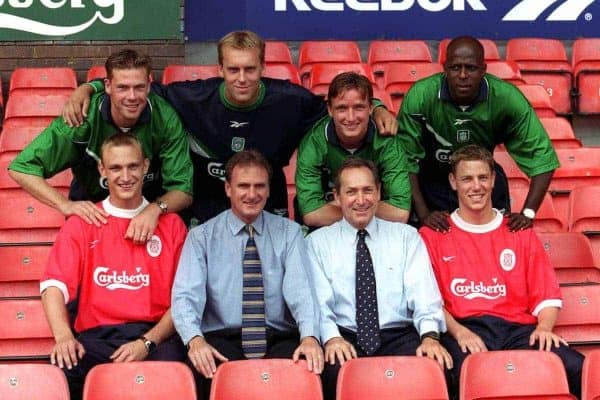
It was one of a number of moves which laid the foundations for the success to follow, stepping stones which would, at last, bring Liverpool Football Club into the modern era.
In the summer of 1999, he began what he described as a five-year program to rebuild the team, with Jason McAteer, Paul Ince, Rob Jones, David James and Steve Harkness the first to leave.
Sami Hyypia, Sander Westerweld and Stephane Hechoz would arrive in his first summer to transform what was a fragile defence in addition to Vladimir Smicer, Titi Camara, Djimi Traore and Dietmar Hamman.
It led to an improved 1999/00 season as the Reds finished fourth but there would, again, be no Champions League football and further quality was added.
Gary McAllister and Markus Babbel headlined the next batch of arrivals, who sat alongside the likes of Jamie Carragher, Michael Owen and Gerrard for what would be an unprecedented season.
2000/01 – The Treble-Winning Season
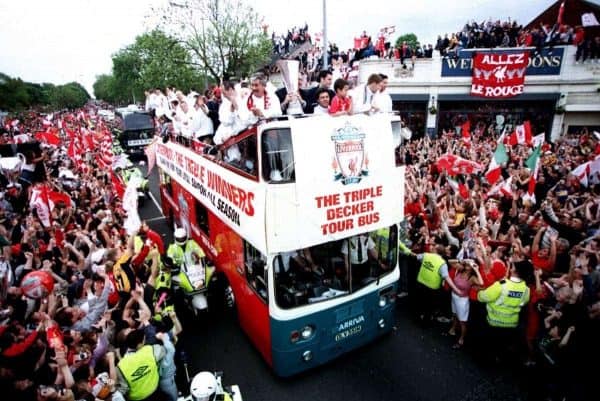
The king of the cups. What a season it was.
After waiting far too long, six years to be exact, for silverware to return to Anfield it was a case of three coming along in swift succession in what was 80 days of heaven for Houllier’s Reds.
It started with the League Cup triumph with penalties required to topple Birmingham before the FA Cup, widely known as the ‘Michael Owen Final’, followed thanks to 16 dazzling second-half minutes.
And if that was not enough, a dramatic UEFA Cup final victory over Alaves, notched in golden goal extra-time, put the cherry on top as the Reds became the first team to win three cup competitions in one season.
An unprecedented season which provided memories to cherish forever.
2001 – Melwood Transformation Adds to Change in Culture
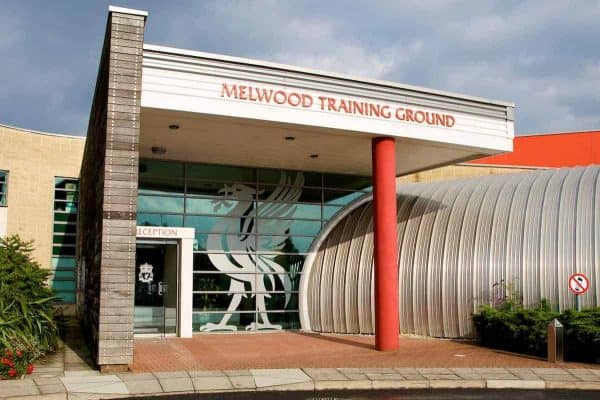
Houllier really did drag Liverpool into the modern age by both transforming Melwood and changing the culture of the club from within.
He designed and heavily influenced the creation of a modern facility at the Reds’ now former training ground, adding the Millennium Pavilion to an area which had remained largely unchanged for decades.
With Liverpool looking to finally catch up with their counterparts, it was a vital step to hauling the club back to where they belonged not just temporarily, but for the long haul.
In addition to that, he pushed forward throughout with his plans to change the dietary and drinking habits of his players and curb any indiscipline. It may have only seemed like small steps at the time, but there is no denying how transformational his approach was.
2001/02 – Back in the Champions League
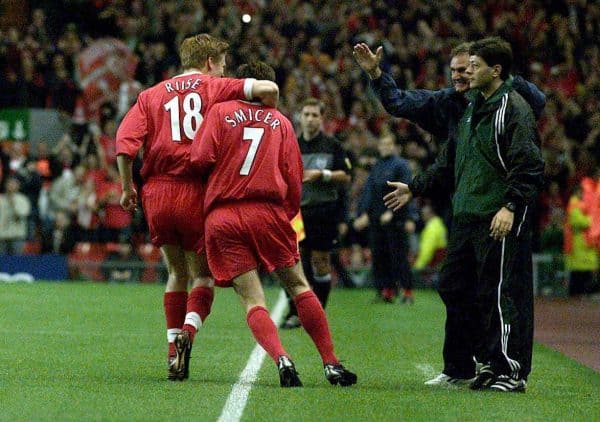
Liverpool were finally back in the big-time where they belonged.
The success of the treble-winning season ensured the Reds were back dining on the top table of European football, making it to the quarter-finals on their return.
To attract talent to the team and keep them there it was absolutely key and while they ended just short of the title, Houllier backed up the previous campaign by finishing second on 80 points.
Liverpool’s highest in the Premier League era at that time and a tally which would have been enough for the league title in four of the previous five seasons.
March 2002 – Houllier’s Emotional Return Against Roma
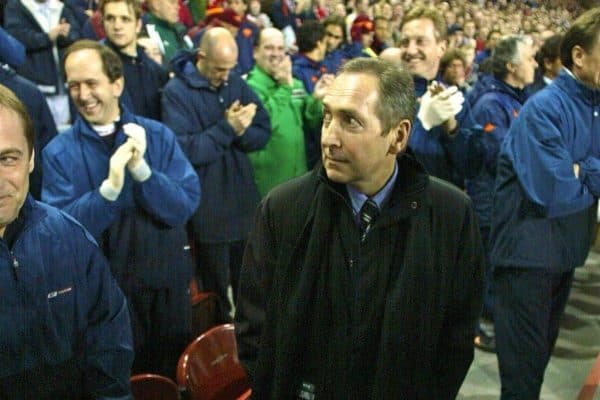
That season, however, was one which required him to overcome an incredible personal battle after he had been taken ill during the game against Leeds where life-saving heart surgery was required.
Thompson had to step in as Houllier recovered and some five months later he would return to Anfield as Liverpool welcomed Fabio Capello’s Roma in the Champions League.
His presence ignited the Anfield crowd and inspired the Reds to a memorable victory and the club had their manager back.
He would later concede it was “too soon” for his return but the night showed just how close Houllier was kept in the hearts of his players and fans. Allez Allez.
2003 – League Cup Triumph
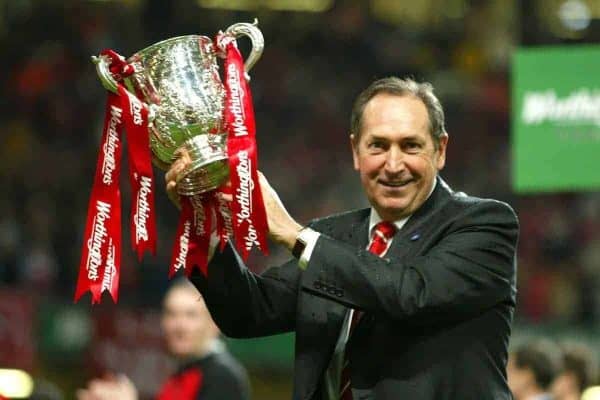
A steady decline would follow on the league front as performances and results dropped beyond the expected standards, but there would be one last hurrah for the Frenchman.
It came in the form of his second League Cup, with a 2-0 win over Man United sealing his fourth major trophy in two years to provide one moment to smile over during a turbulent campaign which would saw European football taken off the agenda for 2003/04.
2004 – Houllier Leaves Liverpool
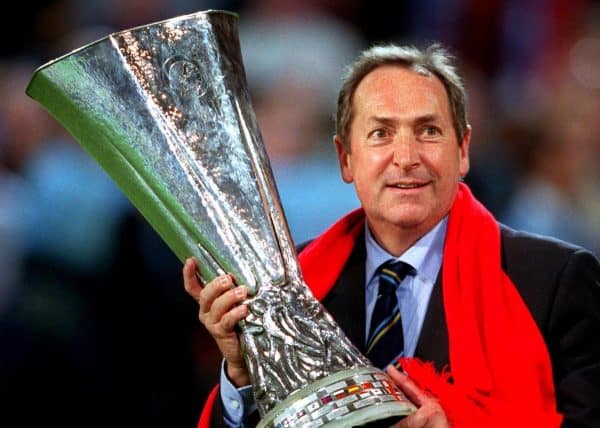
With one year left to run on his contract and after six years in charge of the Reds, Houllier would depart the club on May 24, 2004 – with Rafa Benitez assuming the role.
While his transfers dealings would sour in the latter parts of his tenure and criticism intensified, Houllier would leave a lasting legacy on Liverpool Football Club.
Six trophies in the space of just two years provided some unforgettable moments and he heralded in a new generation of supporters to love the club deeply, just as he did.
Perhaps underrated but never under-appreciated, Houllier gave it all to Liverpool and the club wouldn’t be what it is today without him.
Rest in peace, Gerard.
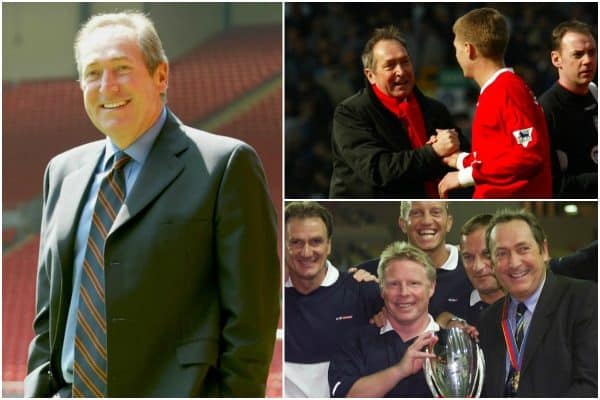


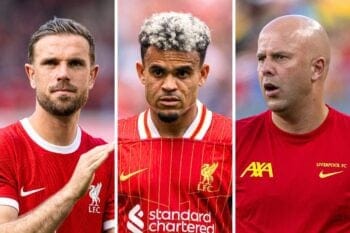
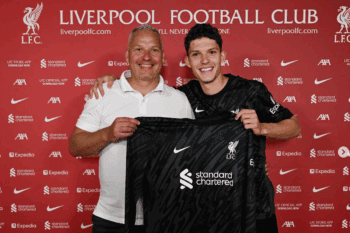






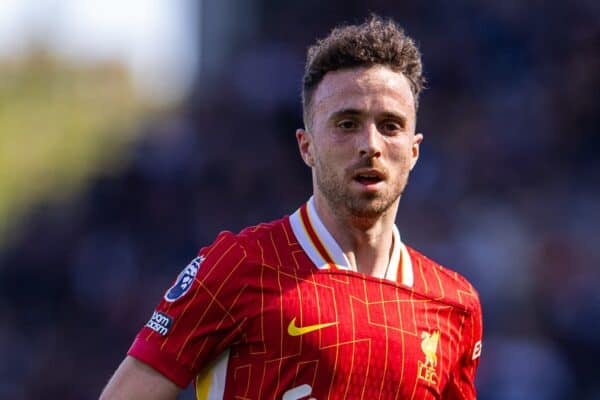
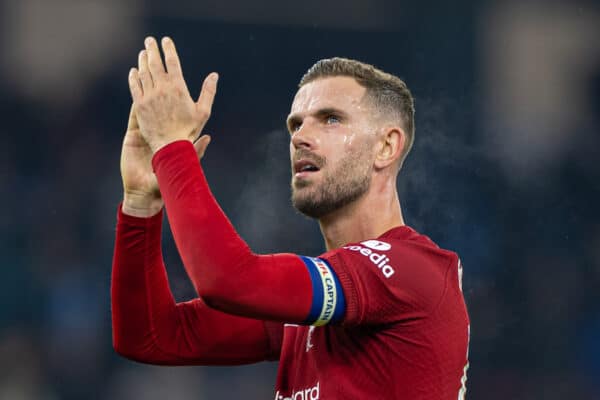



Fan Comments